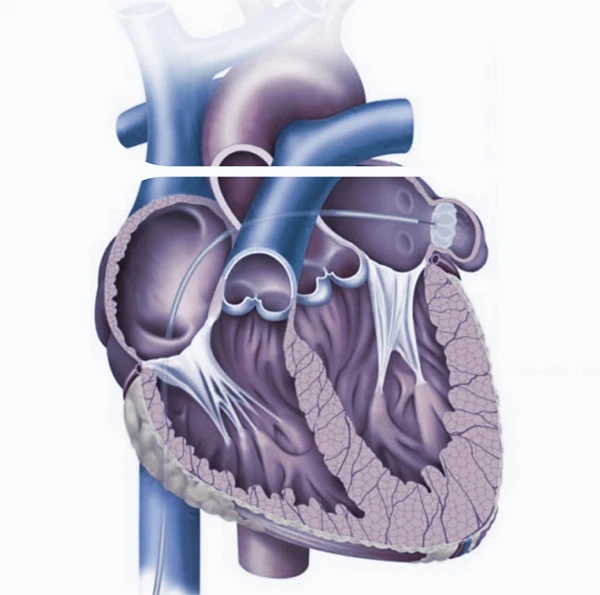Left Atrial Appendage Closure (LAA)
LAA closure is a procedure preventing blood clots from the left atrial appendage, reducing strokes in atrial fibrillation patients avoiding blood thinners. This small sac in the heart's left atrium is often removed or sealed to minimize stroke risk.
Overview
Left atrial appendage closure involves sealing or removing the LAA, reducing stroke risk in atrial fibrillation. The LAA's function is uncertain, and closure doesn't affect heart performance. LAAO is typically recommended for individuals at risk of blood clots in the left atrium. It serves as an alternative for those who cannot tolerate or choose not to take blood-thinning medications. The procedure aims to lower the risk of stroke associated with atrial fibrillation.
Types of Devices
Various devices block or clamp the LAA, including WATCHMANTM, AmuletTM, WaveCrestTM, and others, with different mechanisms for closure.
Candidates for LAA Closure:
Recommended for those at risk of LAA blood clots, LAA closure is an alternative to blood thinners, addressing concerns like frequent monitoring, dietary restrictions, and bleeding risks associated with medications.
Purpose of LAA Closure
LAA closure reduces stroke risk in atrial fibrillation but doesn't treat atrial fibrillation itself. It's beneficial for those requiring heart surgery and with atrial fibrillation, or those choosing a Maze procedure for atrial fibrillation.


Procedure Details
Before LAA closure, imaging such as transesophageal echocardiogram (TEE) or cardiac CT is done. The procedure involves surgical or minimally invasive methods, utilizing catheters or direct surgery to close or block the LAA.
In the minimally invasive approach, a catheter carrying a closure device is inserted through a vein near the groin. The device is positioned to straddle both sides of the left atrial appendage, permanently blocking it. Fluoroscopy, transesophageal echo (TEE), or intracardiac ultrasound guide the procedure.
After LAA, patients may spend a night in the hospital's care, with post-procedure tests including TEE within 48 hours. Medications like blood thinners are prescribed for a specific duration.
Risks and Benefits
Benefits include reduced stroke risk, cessation of blood thinners, and the possibility of concurrent heart surgery. Risks encompass device issues, anesthesia reactions, bleeding, chest pain, and cardiac complications.
Recovery and Outlook
Recovery varies based on the procedure, with minimally invasive cases allowing quicker discharge. Post-device insertion, a medication regimen is followed for tissue integration. Long-term aspirin use might be advised.
When to Seek Medical Attention
Follow-up appointments, including TEEs, are crucial. Contact a healthcare provider if signs of infection, abnormal heart rhythms, or chest pain arise.
Note: Deciding on LAAO is a personal choice, and patients are encouraged to discuss options with their healthcare provider. Adhering to prescribed medications and attending follow-up appointments ensures proper healing and device performance.

